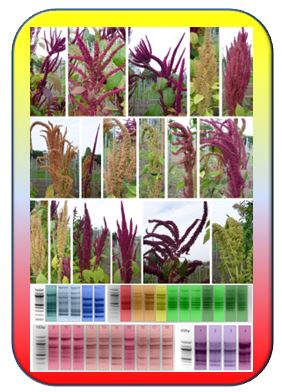Amarant as Functional Food
Amarant, an central crop of the pre-Columbian South America, is rich in proteins and other valuable compounds. Of prominent interest is the omega3-fatty acid DHA, which otherwise is produced only by algae and fungi, but only by few plant species. DHA is essential for humans, and therefore has to be taken up through food (mostly marine fishes), in order to prevent coronary diseases. Since Amarant grains are free of glutene, this plant is well suited for the diet of celiaky patients. The protein pattern resembles that of animal protein and therefore, Amarant has great potential as DHA source alternative to marine fishes, for instance, in the context of vegetarian or vegan lifestyles. So far, Amarant is rarely cultivated in Germany, major sources are imported from South America, but quality and identity of the material are often variable and undefined. To develop the potential of Amarant as plant DHA-source, novel varieties with constantly high DHA-contents are required and have to be adapted to cultivation in Central Europe. In frame of preparatory work, a large collection of Hohenheim University was extended to more than 80 genotypes, characterised for the agronomical parameters, and in our lab was mapped by molecular genetical markers. This collection will now be screened for high DHA content, to breed, supported by the molecular markers, novel varieties.

